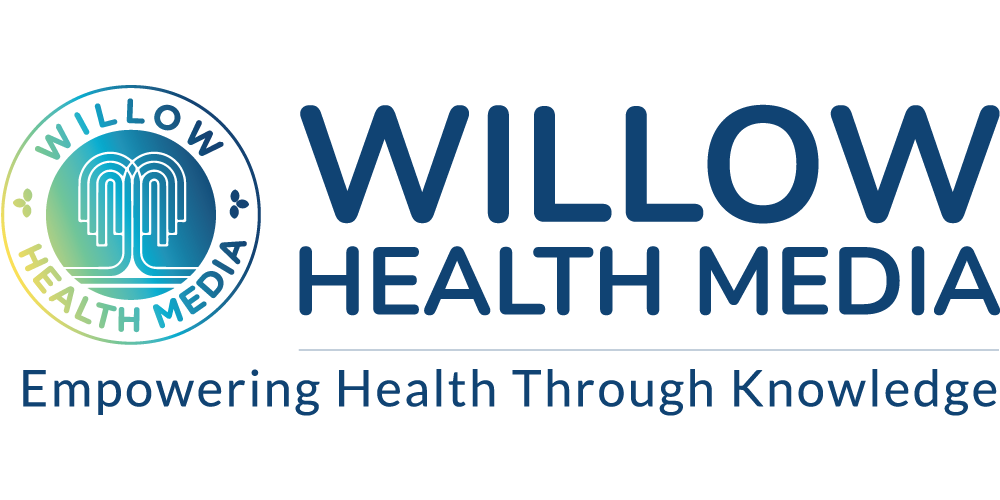SHA will rely on data from KRA, NTSA, Hustler Fund, Mobile money transactions, Ministry of Lands, Insurance policies, Registrar of Companies and Immigration Department
For many Kenyans, accessing quality healthcare has long been a challenge, especially for the self-employed or the jobless. Questions about how much one should contribute to the Social Health Authority (SHA), what is considered fair, and how financial capability is assessed have often led to uncertainty and disparities. But all that is about to change.
Starting February 28, this year, SHA is rolling out a new Means Testing improvement tool, a game-changer in determining premium payments based on an individual’s or household’s financial standing. This tool is designed to eliminate inaccuracies, prevent manipulation, and ensure that all Kenyans contribute fairly while still maintaining access to essential healthcare services.
Why the change?
One of the biggest challenges in implementing a universal healthcare system is determining how much each person should pay. Previously, self-reported income played a significant role in assessing an individual’s ability to contribute to the National Health Insurance Fund (NHIF), but this method left room for errors, misrepresentation, and loopholes that affected the sustainability of the healthcare fund. Some individuals underreported their income to pay less, while others who genuinely needed support faced difficulties proving their financial status.
With the introduction of the new Means Testing improvement tool, SHA is taking a bold step toward a more equitable and sustainable healthcare system. By relying on reliable data sources, the tool will enhance accuracy and fairness, ensuring that everyone’s financial capacity is assessed objectively.
This will prevent manipulation of income data, closing loopholes that may have previously allowed some to underreport their earnings while others struggled with unaffordable contributions.
Additionally, the system will establish predictable premium payments, giving households the ability to plan their healthcare costs with confidence. Ultimately, by eliminating inconsistencies and revenue losses, SHA is working toward a stronger, fairer, and more efficient national health insurance system that benefits all Kenyans.
Read Also: SHA Payments: How to fill in the Means Testing to know what amount you should contribute
How will the new Means Testing tool work?
The means-testing improvement tool will use data triangulation, a process that pulls financial and asset information from multiple government databases. Instead of relying solely on self-declared income, the system will verify a person’s economic status through agencies such as:
- National Transport and Safety Authority (NTSA) – Vehicle ownership records
- Kenya Revenue Authority (KRA) – Tax records and filings
- Ministry of Lands – Property ownership details
- Insurance Regulatory Authority (IRA) – Insurance policies, including medical and life cover.
- Registrar of Companies – Business ownership records.
- Communications Authority – Mobile money transactions and digital financial activities.
- Hustler Fund – Loan applications and repayment history.
- Immigration Department – Travel history and visa applications.
- Kenya National Bureau of Statistics (KNBS) – Household income and economic activity data.
By pulling information from these agencies, SHA can paint a clearer picture of a person’s financial standing, allowing for a more just and transparent assessment process.
Read Also: Baby Steps: How to add dependents to your SHA profile
Who needs to complete the Means Test?
This new system will apply to all self-employed and unemployed Kenyans who are not salaried employees. If you do not receive a regular salary but still need to be covered under SHA, you will need to complete the Means Testing process to determine your premium payments.
What this means for you as a citizen
For most Kenyans, this new process promises a fairer and more transparent approach to healthcare contributions. By assessing financial capacity accurately, individuals will only pay what is appropriate for their income level, ensuring that no one is unfairly overburdened or underpaying.
This, in turn, will strengthen SHA’s ability to provide sustainable healthcare services, making quality medical care more accessible to everyone. The new system also removes the uncertainty and guesswork that previously surrounded premium payments, allowing households to plan their finances with greater confidence.
Most importantly, it enhances transparency and accountability, ensuring that contributions are determined based on verifiable data rather than self-reported estimates.
Read Also: SHA, SHIF & Taifa Care: Here are the key differences you should know
What next?
With the February 28, 2025 rollout date approaching, SHA will soon release more details on how to complete the Means Testing process. If you fall into the self-employed or unemployed category, it’s important to stay informed to ensure a smooth transition.
The introduction of this Means Testing improvement tool marks a major step forward in ensuring that every Kenyan contributes fairly to the national healthcare system while accessing quality care. By leveraging data from multiple government agencies, SHA is making healthcare funding more transparent, predictable, and sustainable.





















